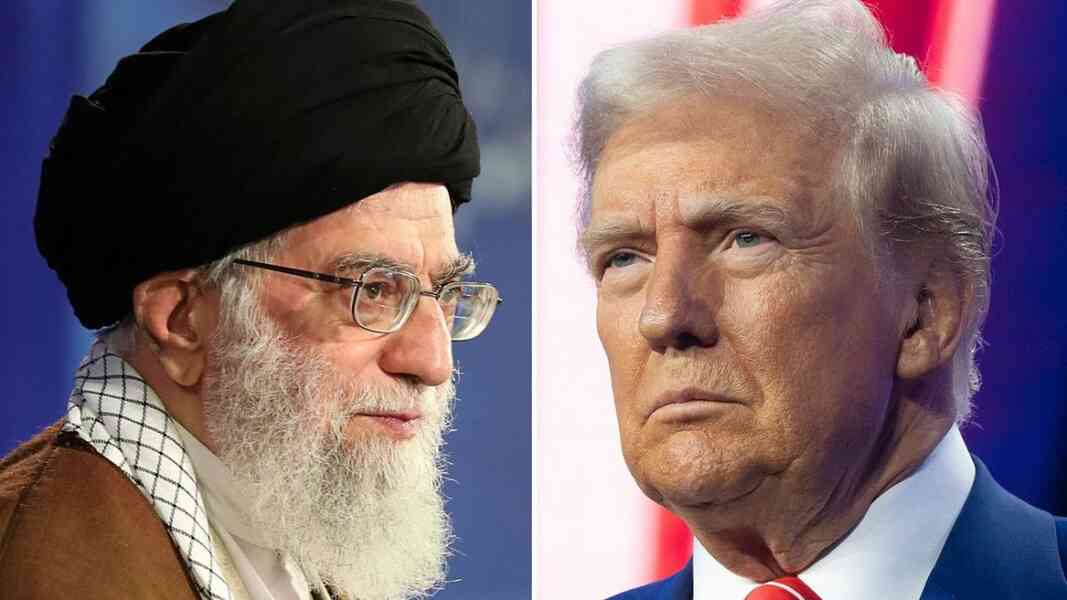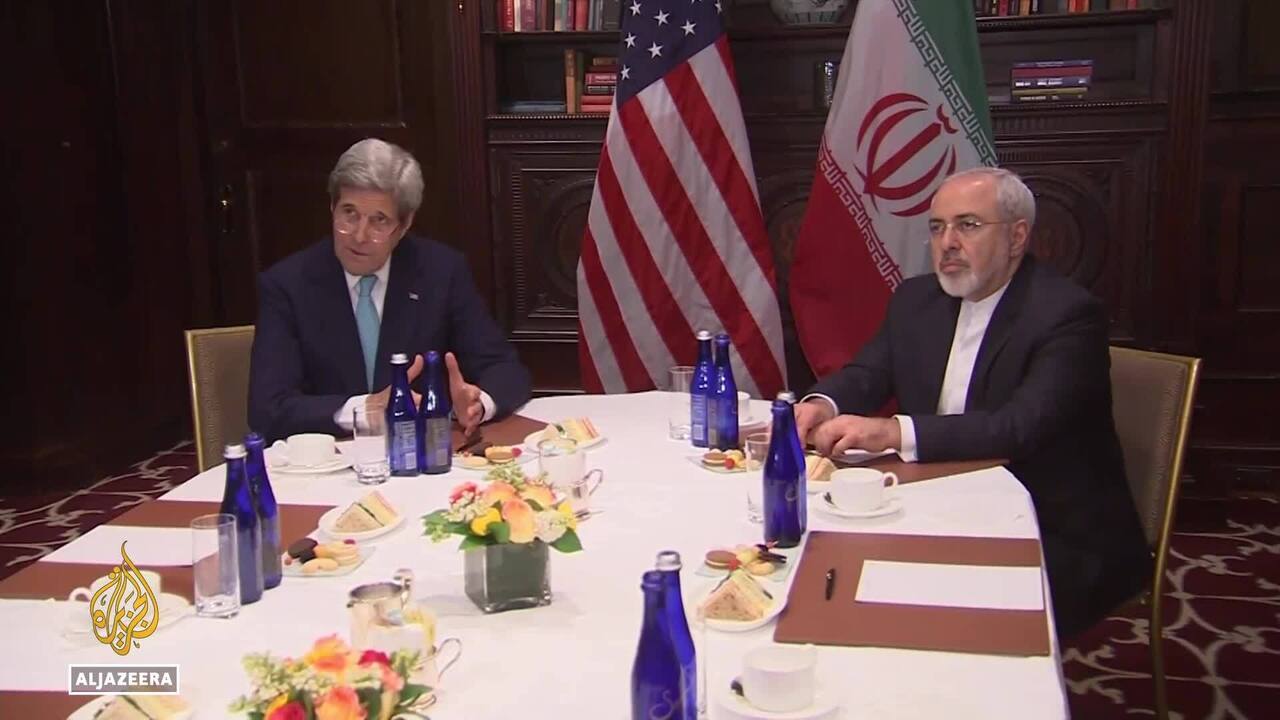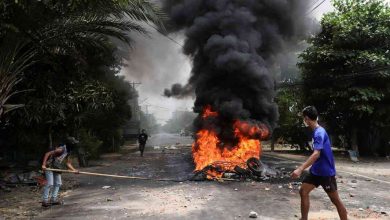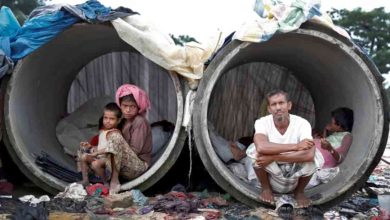Why Iran’s Nuclear Talks Spark Global Fear
The delicate dance of diplomacy could reshape geopolitics—or ignite chaos.

On April 13, 2025, the world watches as the United States and Iran navigate high-stakes nuclear talks in Oman. These discussions, mediated by Omani diplomats, carry weight far beyond the negotiating table. A single misstep could escalate tensions, disrupt global energy markets, or even spark conflict in an already volatile Middle East. The major issue? Iran’s uranium enrichment program, now at 60% purity—a hair’s breadth from weapons-grade levels—poses a lasting threat to international security. This article, grounded in verified data from official sources like the International Atomic Energy Agency (IAEA) and The Economist, dissects the talks’ core challenge: balancing Iran’s nuclear ambitions with global demands for non-proliferation.
The Stakes: Enrichment and Existential Risks
Iran’s nuclear program isn’t new, but its acceleration alarms experts. The IAEA reported in February 2025 that Iran holds enough uranium enriched to 60% to produce several nuclear weapons if processed further to 90%—a step experts say could take weeks, not months (IAEA, 2025). This stockpile, amassed after the U.S. withdrew from the 2015 Joint Comprehensive Plan of Action (JCPOA) under President Trump, marks a sharp departure from the deal’s 3.67% enrichment cap.
Sanam Vakil, director of the Middle East and North Africa Program at Chatham House, warns, “We’re at a fork in the road, heading toward a crisis” (The New York Times, April 8, 2025). The talks aim to halt weaponization, but Iran insists its program is civilian. Yet, the IAEA notes Iran has blocked inspectors and disabled monitoring cameras at key sites like Natanz, raising red flags (IAEA, 2025).
Statistically, the risk is stark. A 2023 Pew Research study found 63% of global leaders view Iran’s nuclear program as a “major threat” to stability, second only to North Korea. If talks fail, the Middle East could face a nuclear arms race, with Saudi Arabia and Turkey eyeing their own programs, per a 2024 Economist analysis.
Historical Context: A Cycle of Distrust
The JCPOA, signed in 2015, was a landmark. Iran agreed to limit enrichment and allow inspections in exchange for sanctions relief. Data from the U.S. Treasury shows sanctions relief unlocked $100 billion in frozen Iranian assets by 2016. But Trump’s 2018 withdrawal, followed by “maximum pressure” sanctions, crippled Iran’s economy. Iran’s rial lost 80% of its value from 2018 to 2023, per the World Bank, fueling domestic unrest.
In retaliation, Iran ramped up enrichment. By 2023, the IAEA reported Iran’s enriched uranium stockpile grew to 4,745 kilograms—18 times the JCPOA limit. Biden’s attempts to revive the deal stalled, with only 12% of Americans supporting re-entry in a 2024 Pew poll. Now, Trump’s return brings a tougher stance. His envoy, Steve Witkoff, demands Iran halt enrichment entirely, a non-starter for Tehran, per The Economist (April 12, 2025).

The Talks: Progress or Posturing?
The first round of talks on April 12, 2025, ended with cautious optimism. Iranian Foreign Minister Abbas Araghchi called them “constructive,” noting a “calm and respectful environment” (Reuters, April 12, 2025). Both sides agreed to reconvene on April 19. Notably, the U.S. avoided demanding Iran dismantle its entire program—a deal-breaker Tehran rejected outright. Instead, Witkoff focused on preventing weaponization, aligning with Trump’s public stance: “They can’t have a nuclear weapon” (The Guardian, April 12, 2025).
But challenges loom. Iran insists on indirect talks, with Oman’s Foreign Minister Badr al-Busaidi shuttling messages. This format slows progress, as seen in Biden-era talks that yielded no deal after 18 months (The Washington Post, April 11, 2025). Iran also demands sanctions relief, a tough sell given U.S. sanctions on Iran’s oil sector generated $15 billion in penalties since 2018, per the U.S. Treasury.
Regional Ripples: Israel and Beyond
Israel views Iran’s program as an existential threat. Prime Minister Benjamin Netanyahu pushes a “Libya-style deal,” referencing Gaddafi’s 2003 surrender of nuclear ambitions (Al Jazeera, April 12, 2025). Israeli intelligence estimates Iran could produce a bomb by 2026 if unchecked, per a 2025 government report. Trump’s pledge to back Israel militarily if talks fail—coupled with U.S. deployment of B-2 bombers to Diego Garcia—heightens pressure (Reuters, April 11, 2025).
The broader Middle East feels the strain. Saudi Arabia, wary of Iran’s influence, has hinted at pursuing nuclear technology if Iran advances, per a 2024 Economist report. A 2025 Pew survey found 72% of Gulf state citizens fear regional escalation. Iran’s proxies—Hamas, Hezbollah, and the Houthis—complicate matters. Hezbollah’s weakened state after Israel’s 2024 offensive limits Iran’s leverage, but Houthi attacks on Red Sea shipping, up 40% since 2023 per the U.S. Navy, tie the talks to wider security concerns.

Economic Fallout: Oil and Markets
Iran’s nuclear ambitions ripple through global markets. The country holds 10% of the world’s proven oil reserves, per OPEC. Sanctions have slashed its exports from 2.5 million barrels per day in 2017 to 1.2 million in 2024, per the International Energy Agency. A deal could boost supply, potentially lowering Brent crude prices, now at $85 per barrel (The Economist, April 10, 2025). But failure risks conflict, spiking prices to $120, as forecasted by Goldman Sachs in a 2025 report.
Iran’s economy hangs in the balance. The IMF estimates GDP contracted 2.1% annually from 2018 to 2024 due to sanctions. Talks offering sanctions relief could stabilize the rial, which hit 700,000 to the dollar in March 2025, per Iran’s Central Bank. Yet, hardliners in Tehran, like Kayhan newspaper’s editors, call negotiations a “failed strategy,” risking domestic pushback (The Times of Israel, April 11, 2025).
Expert Voices: Navigating the Tightrope
Rafael Grossi, IAEA director general, stresses urgency. Visiting Iran in April 2025, he warned, “Without transparency, we’re flying blind” (Reuters, April 12, 2025). Grossi seeks to restore inspections, noting Iran’s refusal to clarify uranium traces at undeclared sites since 2020. His data shows Iran’s breakout time—the period to produce one bomb’s worth of fissile material—has shrunk to 1-2 months from over a year under the JCPOA.
Hossein Mousavian, a former Iranian negotiator, argues Tehran won’t abandon enrichment entirely. “Preserving the regime is Khamenei’s priority,” he told The New York Times (April 11, 2025). Mousavian suggests an interim deal—capping enrichment at 20% and diluting 60% stocks—could buy time. U.S. negotiator Ernest Moniz, who helped craft the JCPOA, agrees direct talks are essential for speed, citing the 2015 deal’s 18-month negotiation timeline (The Washington Post, April 11, 2025).
What’s Next: Deal or Deadlock?
The talks face a hard deadline: October 18, 2025, when the JCPOA’s “snapback” mechanism—allowing UN sanctions to resume—expires (Atlantic Council, November 20, 2024). If no deal emerges, Iran could exit the Non-Proliferation Treaty, as threatened in a 2025 government statement, ending all oversight (Al Jazeera, April 10, 2025). The IAEA estimates this would push Iran’s breakout time to days, not weeks.
A deal could mirror the JCPOA but with stricter terms. The U.S. might offer phased sanctions relief—unfreezing $10 billion in assets annually, per Treasury models—for Iran diluting its stockpile and capping enrichment at 5%. But Trump’s two-month deadline, set for June 2025, limits wiggle room (CNN, April 12, 2025). Failure risks military action. A 2025 U.S. intelligence report warns Israel could strike Iran’s Natanz facility, triggering retaliation against Gulf oil infrastructure, per The Washington Post.
Global impacts hinge on the outcome. A deal could stabilize oil prices and ease tensions, boosting global GDP by 0.3%, per a 2025 IMF forecast. Conflict, however, could shave 1.2% off growth, hitting energy-dependent economies like India hardest. The talks’ success—or failure—will shape geopolitics for decades.
A Fragile Path Forward
The US-Iran nuclear talks are a high-wire act. Iran’s enrichment program, now dangerously advanced, threatens not just regional stability but global security. Verified data—IAEA reports, economic metrics, expert warnings—paints a clear picture: diplomacy is the only path to avoid catastrophe. Yet, distrust, domestic politics, and looming deadlines test both sides’ resolve. Stay sharp with Ongoing Now 24.





